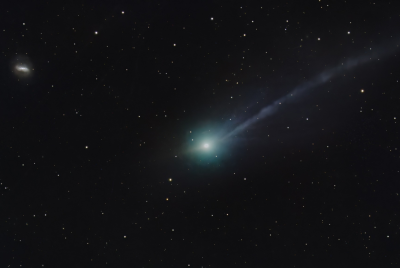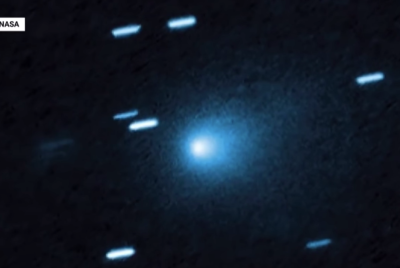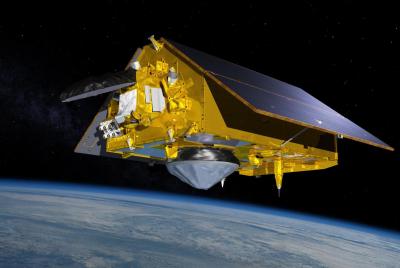NASA releases new space guidelines Artemis Accords
New guidelines aim to create an environment of cooperation and peace among countries aiming at exploring moon, again.
NASA, the independent space agency of the United States, has released a new set of guidelines in order to establish a safe and peaceful space exploratory zones. The principles are a set of agreements that any country that plans to work with the US or the space agency must agree to before returning to Lunar surfaces. Based on NASA's Artemis program, the new guidelines are called Artemis Accords.
The international cooperation on Artemis is designed to create a "safe, peaceful, and prosperous future" for all who aim to explore lunar spaces and contribute to scientific endeavours. This measure comes ahead of the NASA-led Artemis Programme that will put the first woman and next man back on the moon's south polar region by 2024. The mission is being predominantly led by NASA and its international partners such as the European Space Agency (ESA), the Japan Aerospace Exploration Agency (JAXA), Canadian Space Agency (CSA), and the Australian Space Agency (ASA).
Bringing a host of new principles, NASA aims to prevent what it describes as "harmful interference" by other entities and create a "safe and sustainable environment in space to conduct public and private activities," as per its officially released statement.
Though NASA is leading the program, it believes that the key to the success of the mission is international partnerships. It will the countries collectively achieve a "sustainable and robust presence on the Moon while preparing to conduct a historic human mission to Mars."
The accord will ensure that other international space agencies that join NASA in the upcoming space exploratory mission abide by the agreements as it defines "shared vision for principles" that finds its root in the Outer Space Treaty of 1967 and provide safety and transparency.
Establishing peace and international cooperation remains one of the primary objectives of Artemis Accords.
"Therefore, at the core of the Artemis Accords is the requirement that all activities will be conducted for peaceful purposes, per the tenets of the Outer Space Treaty," NASA wrote in the statement.
Other objectives include the establishment of transparency, interoperability of systems, proving assistance in the times of emergency, and registration of space objects. In addition, it seeks commitment to fully, timely and openly sharing of scientific data. Meanwhile, protecting the historic sites and artifacts is another aspect of the treaty along with an agreement to extract and utilise space resources only under the auspices of the Outer Space Treaty. Also, it calls the partners to notify and coordinate in order to prevent conflict of activities and harmful interference.
Finally, Artemis Accords requires the partners to act in a manner that does not cause any damage to the space environment and pledge to maintain a sustainable environment in accordance with Space Debris Mitigation Guidelines of the United Nations Committee on the Peaceful Uses of Outer Space.
NASA insists that these principles will not just be imposed on countries and but provides the scope of a bilateral negotiation.

"With numerous countries and private sector players conducting missions and operations in cislunar space, it's critical to establish a common set of principles to govern the civil exploration and use of outer space," the agency says.
© Copyright IBTimes 2025. All rights reserved.





















